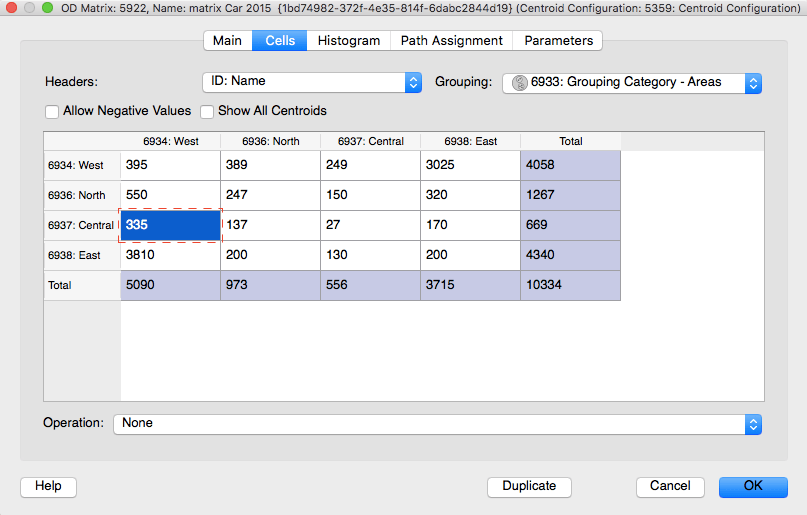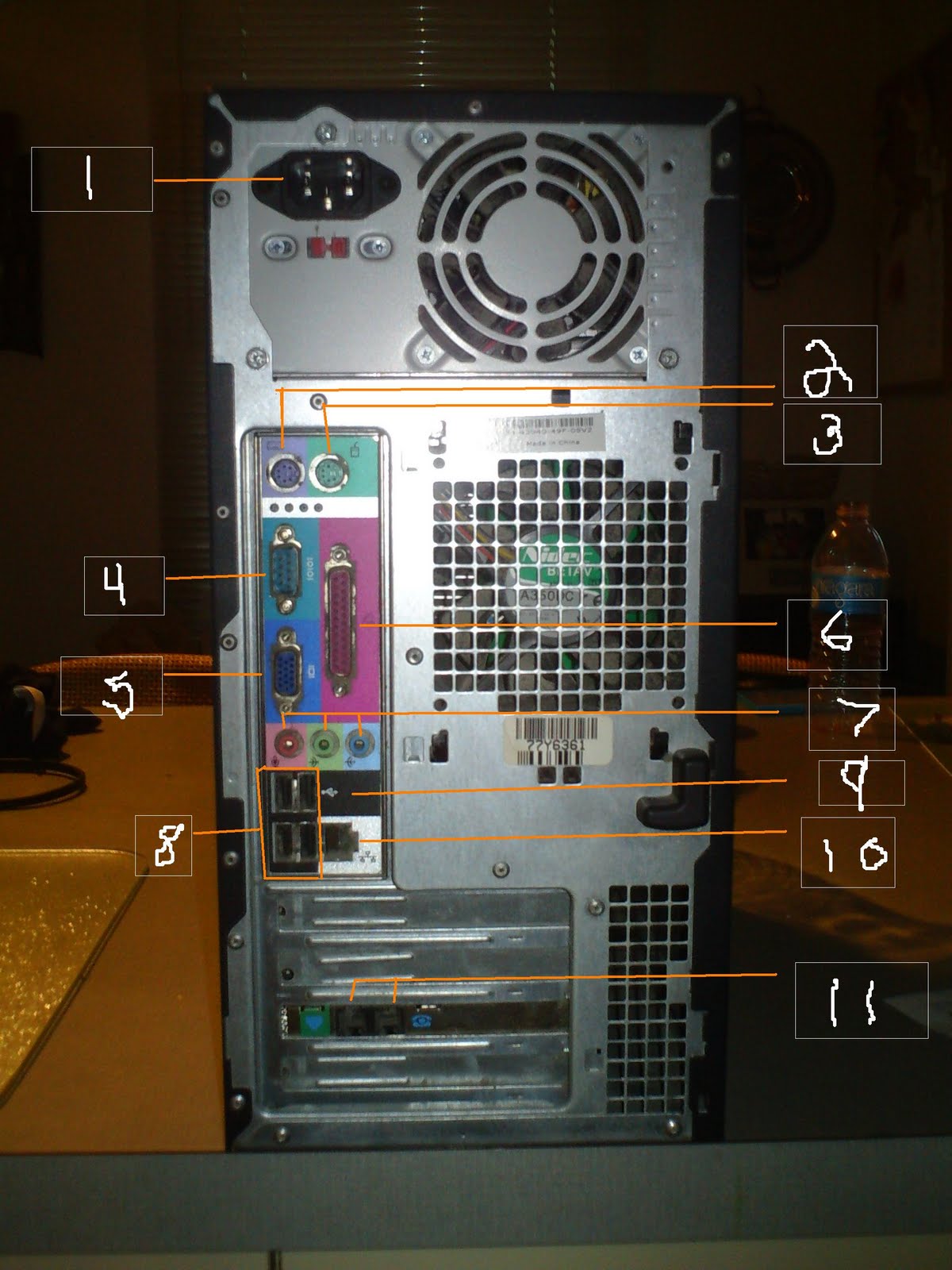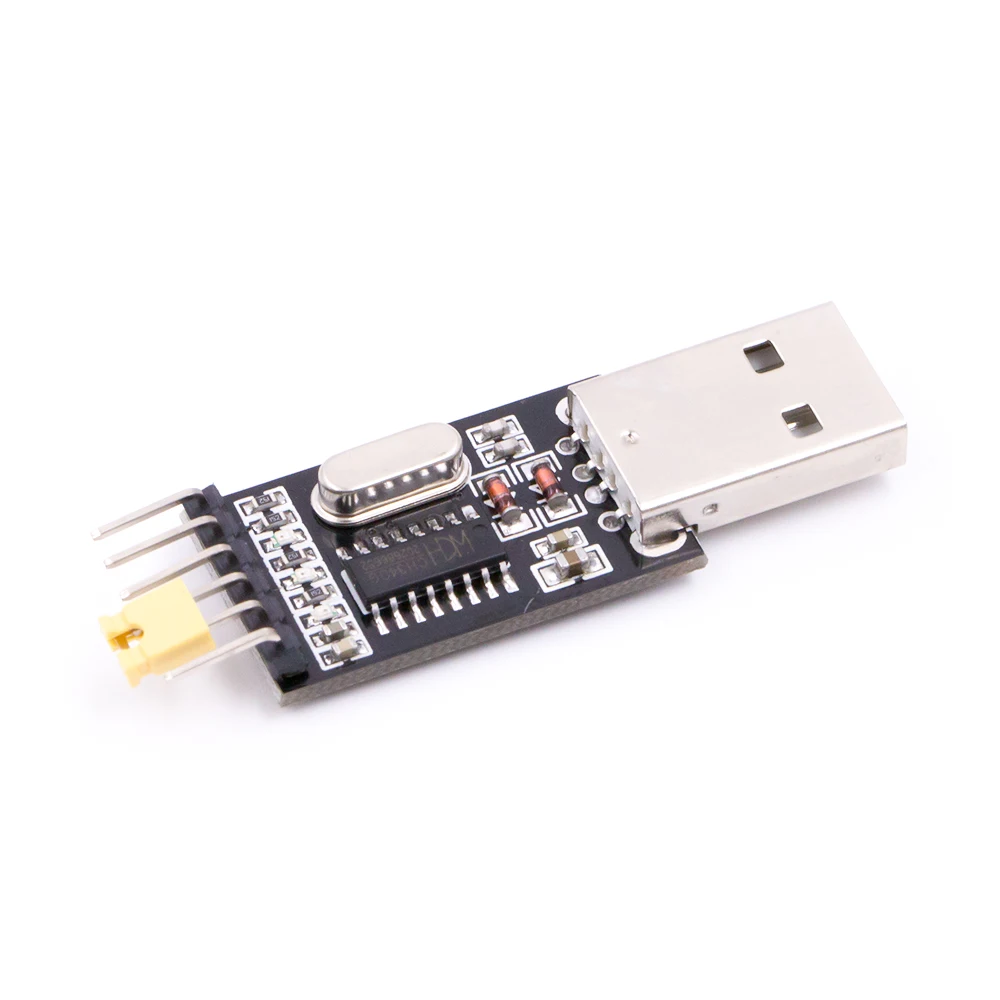
- #AIMSUN SERIAL PORT HOW TO#
- #AIMSUN SERIAL PORT DRIVER#
- #AIMSUN SERIAL PORT CODE#
- #AIMSUN SERIAL PORT SIMULATOR#
This listens on UDP port 5000 on the loopback network interface.

#AIMSUN SERIAL PORT HOW TO#
instruction would introduce you to both Windows or Linux approach to the issue.Īle_Trex How to create a dummy pipe pseudo-serial device on Linux?Ĭredit to meuh for his tip-off. Make a TELNET CONNECTION exposed as a Virtual COM to the OSĪs far as kunif just commented my post (thank you again) I would like to share the info as an answer to make everybody has my problem, able to fix it properly.įollowing this link you'll get instruction that make you able to spawn a virtual COM to connect to an APP can be link to a generic serial over ethernet.
#AIMSUN SERIAL PORT SIMULATOR#
If your simulator communicates via a serial port as well, then use the PTYĬommand twice: socat PTY,link=./arduino-sim,raw,echo=0 PTY,link=./virtual-tty,raw,echo=0 The above connects the stdin/stdout of simulator-command to the If your simulatorĬomunicates via stdin/stdout, then use the following command: socat PTY,link=./virtual-tty,raw,echo=0 EXEC:simulator-command The Arduino, you can connect it via socat as well.
#AIMSUN SERIAL PORT CODE#
If you have (or create) an application that simulates the code executing on

You usually want this as you don't wantĪny of the special terminal handling options. Open the device and it is difficult to determine the correct one. Option creates a soft-link between the pseudo-terminal and the given file. Text you type will be sent to yourĪs noted above, the PTY address type creates a

Output from yourĪpplication will print to the console. Have the application you are testing opens virtual-tty. The simplest option is: socat PTY,link=./virtual-tty,raw,echo=0. Process may open the pty's slave side using it like a serial line or You need to use socat's PTY address type: PTY: Generates a pseudo terminal (pty) and uses its master side. Yes, you can use socat to simulate a serial port. The very few existing packages for Dart (like dart_serial_port) do not work with virtual ports. Python code (install pyserial package): import serial Run simulator (button with a concentric circle as icon).Serial/IP > Port: /dev/pts/4 ( transmitter), and Speed: 9600.Connection > check: Serial, and uncheck: TCP, UDP, Http.One port will be transmitter and the another one will be the receiver. It displays virtual ports created, in this case: /dev/pts/4 and /dev/pts/5.$ socat -d -d pty,raw,echo=0 pty,raw,echo=0 Create a pair of virtual serial ports (VSPs) with socat:.How to connect two virtual serial ports to read data from GPSFeed+? Steps You can also try to get to work with ser2net.

#AIMSUN SERIAL PORT DRIVER#
Socat creates TCP connection to 192.168.254.254:8080, so that everything, that will be written to /dev/virtualcom0 will be forwarded to 192.168.254.254:8080 and vice versa.Īnother approach would be to use RFC2217 via ser2net on Linux sever side and RFC2217 driver on Windows side (for example single port version). Create a virtual serial port connection over TCP It might be possible to change the speed afterwards. You may apply Socat option b115200 when creating the PTYs. Wikipedia has more about ptys: How to configure virtual serial port's baud rate Perhaps pick one with a high number to avoid duplicates, since all your login terminals will also be using ptys. Of course you can use some number other than ptyp5. If you really need it to talk to a file called /dev/ttys2, then simply move your old /dev/ttys2 out of the way and make a symlink from ptyp5 to ttys2. From one end, open /dev/ptyp5, and then attach your program to /dev/ttyp5 ttyp5 will act just like a serial port, but will send/receive everything it does via /dev/ptyp5. You can use a pty ("pseudo-teletype", where a serial port is a "real teletype") for this.


 0 kommentar(er)
0 kommentar(er)
